Gardening in dry climates requires creativity, plant knowledge, and smart design to create beautiful, sustainable landscapes. Low-water flower beds are perfect for arid regions, conserving water while providing visual appeal, texture, and seasonal interest. By choosing drought-tolerant plants and incorporating smart layout techniques, gardeners can design beds that thrive under dry conditions. Here are five low-water flower bed ideas to transform your garden into a sustainable, vibrant oasis.
1. Succulent-Centric Beds

Succulents are the ultimate drought-tolerant plants, storing water in their fleshy leaves and thriving in dry conditions. A succulent-centric flower bed can include varieties like echeveria, sedum, agave, and aloe, arranged with gravel or sand to enhance drainage. Adding contrasting textures and shapes, such as spiky agave with rosette-shaped echeveria, creates visual interest. This design is low-maintenance, long-lasting, and perfect for modern or desert-themed gardens, offering a sleek, colorful, and sustainable solution for dry climates.
2. Native Wildflower Beds
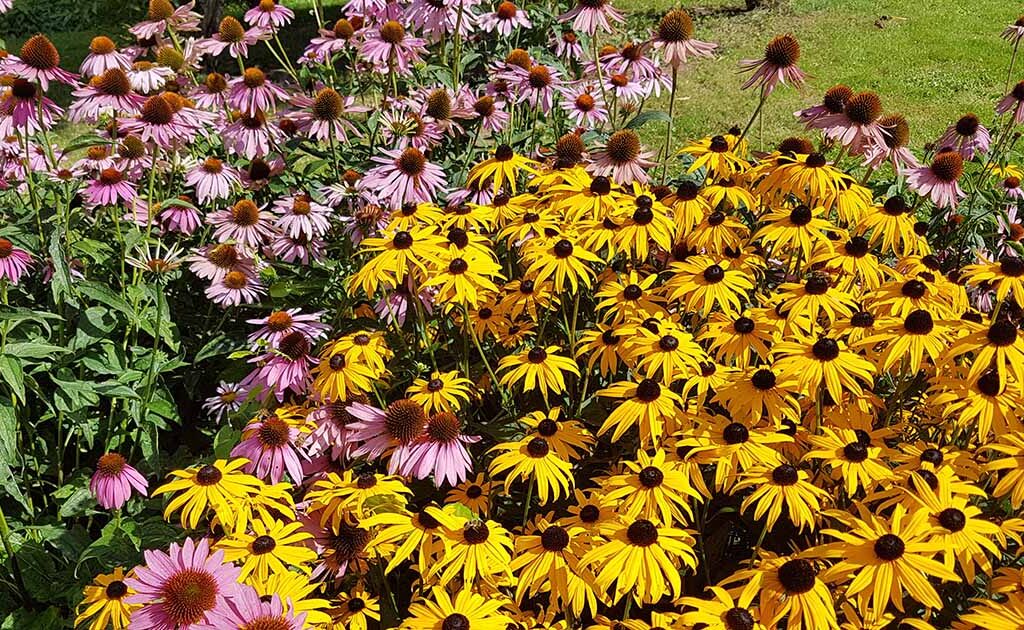
Using native plants ensures your garden is adapted to the local climate and requires minimal water. Select native wildflowers such as California poppies, coneflowers, or blanket flowers, which thrive naturally in arid conditions. Plant them in clusters or drifts to mimic natural landscapes, creating vibrant colors with minimal irrigation. Native wildflower beds attract pollinators and support local ecosystems while offering a resilient, low-water garden solution that remains visually striking throughout the growing season.
3. Rock and Drought-Tolerant Flower Beds
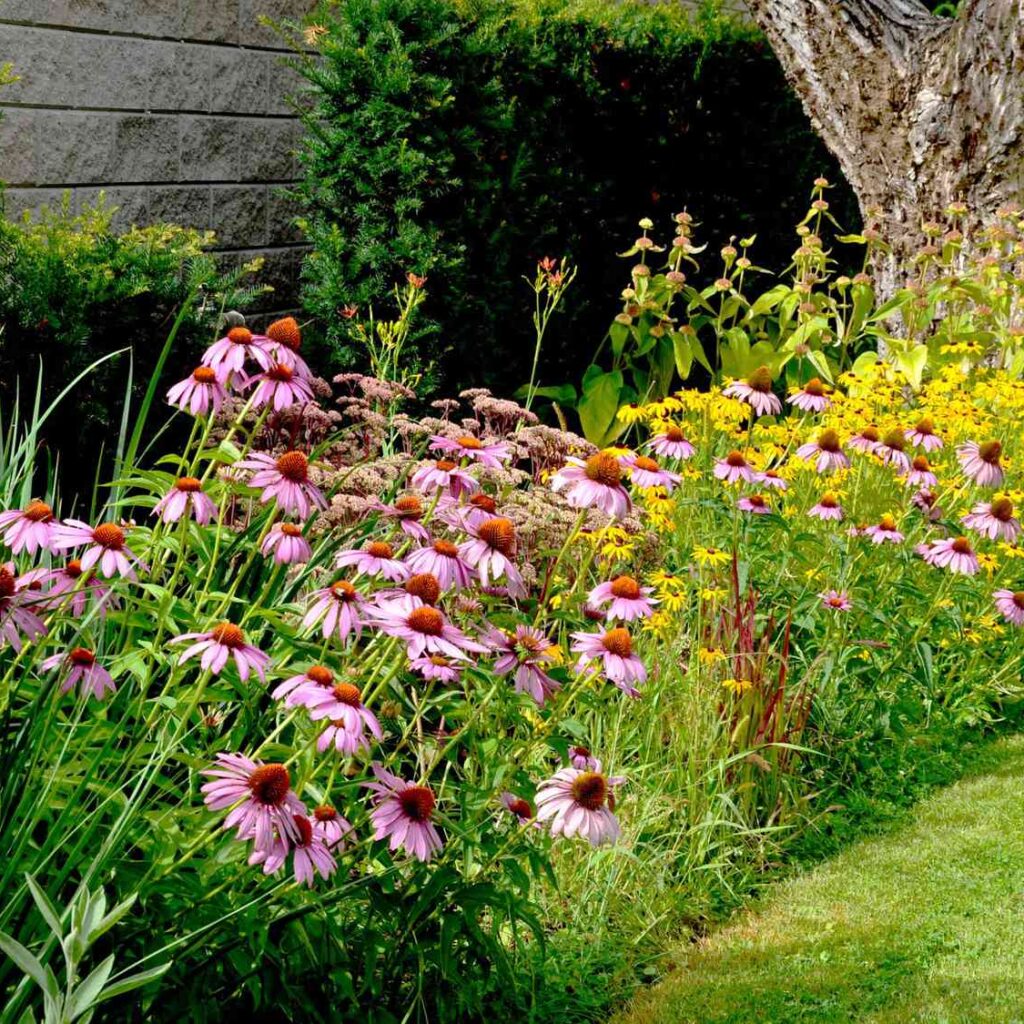
Incorporating rocks into flower beds reduces water evaporation and adds natural texture. Combine rocks with drought-tolerant plants such as lavender, rosemary, lantana, and ornamental grasses. Arrange plants in clusters around stones to create a layered, visually appealing effect that emphasizes structure and contrast. This approach not only conserves water but also provides a long-lasting, low-maintenance garden solution. The combination of rocks and resilient plants creates a naturalistic, desert-inspired aesthetic while thriving in arid environments.
4. Raised Gravel or Sand Beds
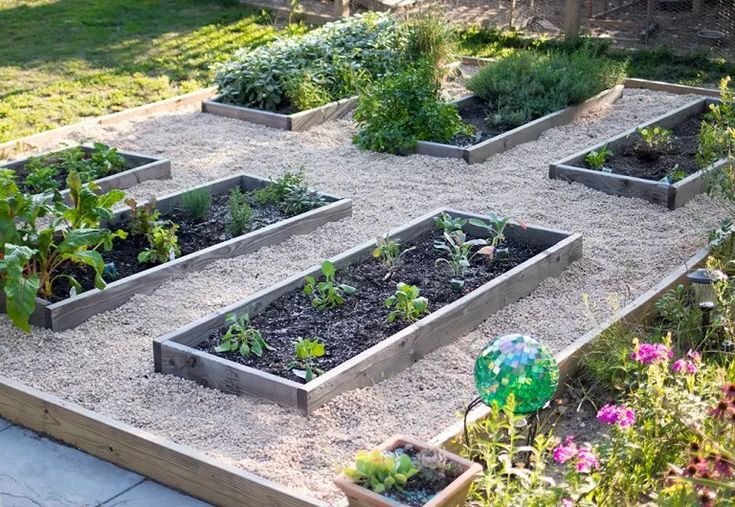
Raised beds filled with gravel or sandy soil improve drainage and prevent waterlogging, ideal for dry climates. Plant hardy species like salvias, penstemons, and gazanias that can withstand drought conditions. The raised structure allows better control of soil quality and moisture retention while creating a clean, organized appearance. Adding decorative rocks, mulch, or low-water groundcovers enhances the aesthetic and minimizes irrigation needs. This design is perfect for contemporary gardens, patios, or rooftop spaces in arid regions.
5. Mediterranean-Style Beds
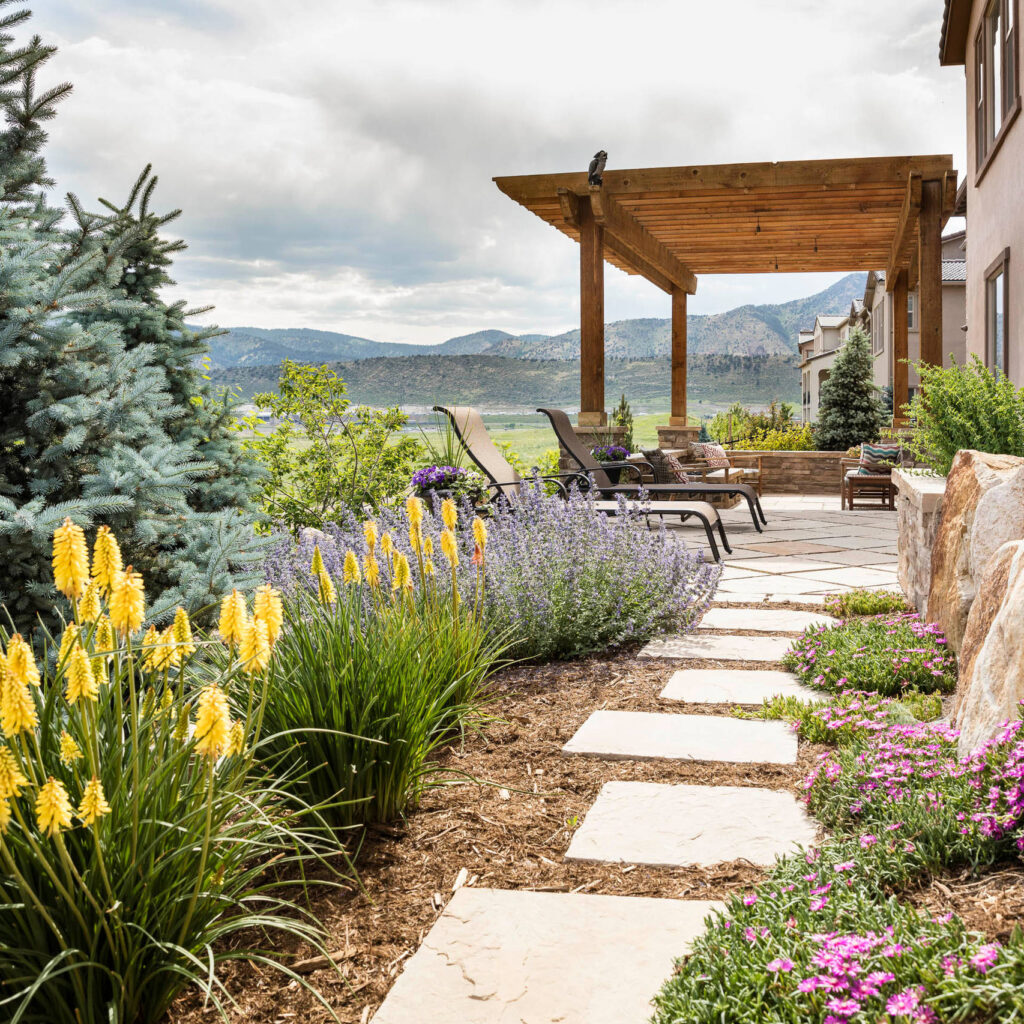
Mediterranean-style beds use drought-resistant plants and aromatic herbs to create an inviting, water-wise garden. Include plants like lavender, thyme, sage, and oleander, complemented by olive or dwarf citrus trees. These beds often use gravel, terracotta pots, or stone borders to define space and retain moisture. Mediterranean beds are low-maintenance, fragrant, and visually appealing, providing color, texture, and seasonal interest. This style blends functionality with beauty, offering a sustainable solution for dry climates without sacrificing elegance.
Low-water flower beds allow gardeners in arid regions to create beautiful, sustainable landscapes that require minimal irrigation. Whether using succulents, native wildflowers, rocks, raised gravel beds, or Mediterranean plants, each design combines aesthetics with resilience. Thoughtful plant selection, layout, and materials help conserve water while delivering vibrant, low-maintenance gardens that thrive in dry climates and provide long-lasting beauty.
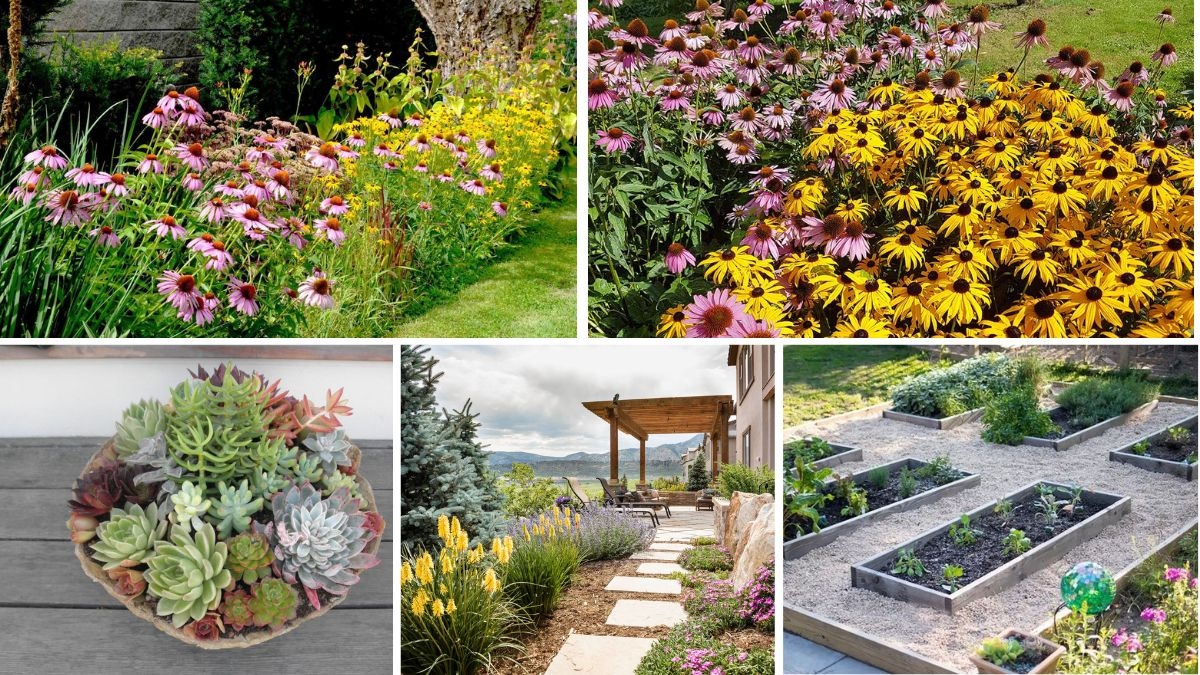
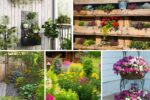
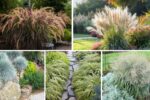


Leave A Comment